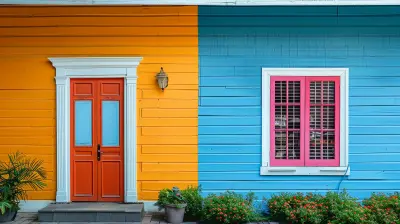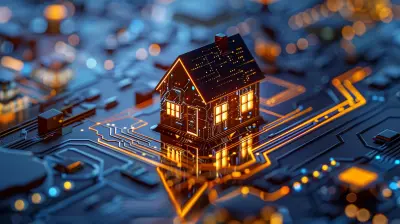Factors That Drive Property Value in Today's Market
8 August 2025
When it comes to real estate, one thing’s for sure—property values never stay the same for too long. Whether you're buying your first home, selling an investment property, or just keeping an eye on market trends, understanding what affects property value can make a massive difference.
So, what exactly makes a home’s value go up or down? Well, it's not just about location anymore. A mix of economic trends, buyer demand, and even small neighborhood changes can play a role. Let’s break down the key factors driving property values in today’s real estate market. 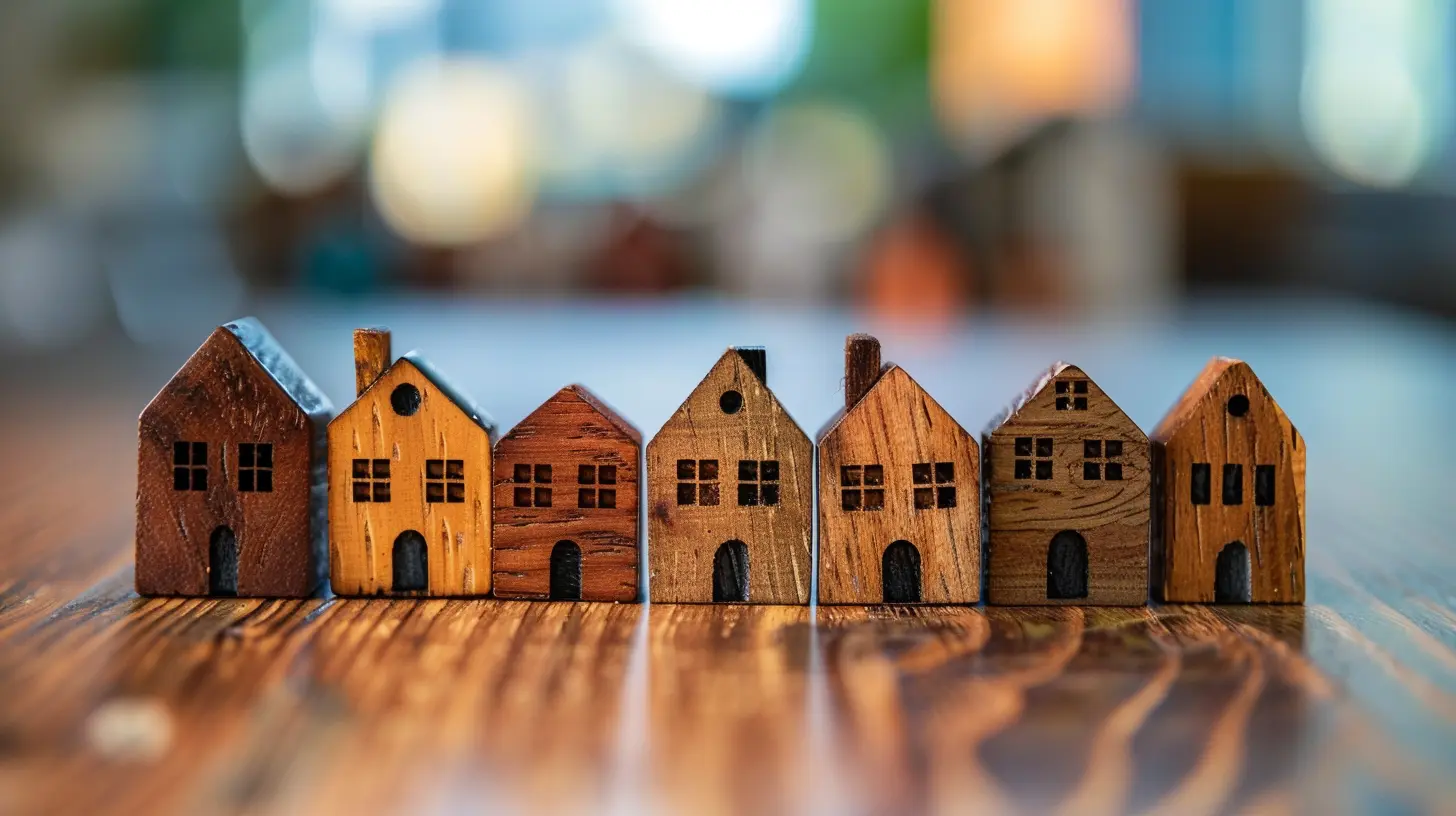
1. Location, Location, Location
You’ve probably heard this old saying a hundred times, and for good reason. The location of a property is one of the most critical factors in determining its value. But what exactly makes a location "good"?Proximity to Essential Amenities
Homes near top-rated schools, hospitals, shopping centers, and restaurants tend to be in higher demand. Convenience is a big deal for buyers, so properties close to daily necessities naturally attract more interest.Job Opportunities and Economic Growth
Areas with a growing job market often see rising home values. Cities with strong economies—where big companies are setting up offices—create more job opportunities, increasing the demand for housing. When people move to a city for work, they need a place to live, pushing demand (and prices) up.Safety and Crime Rates
Nobody wants to live in a high-crime area. Safety is a top priority for homeowners, renters, and investors alike. Neighborhoods with low crime rates consistently maintain higher property values, while high-crime areas struggle to attract buyers.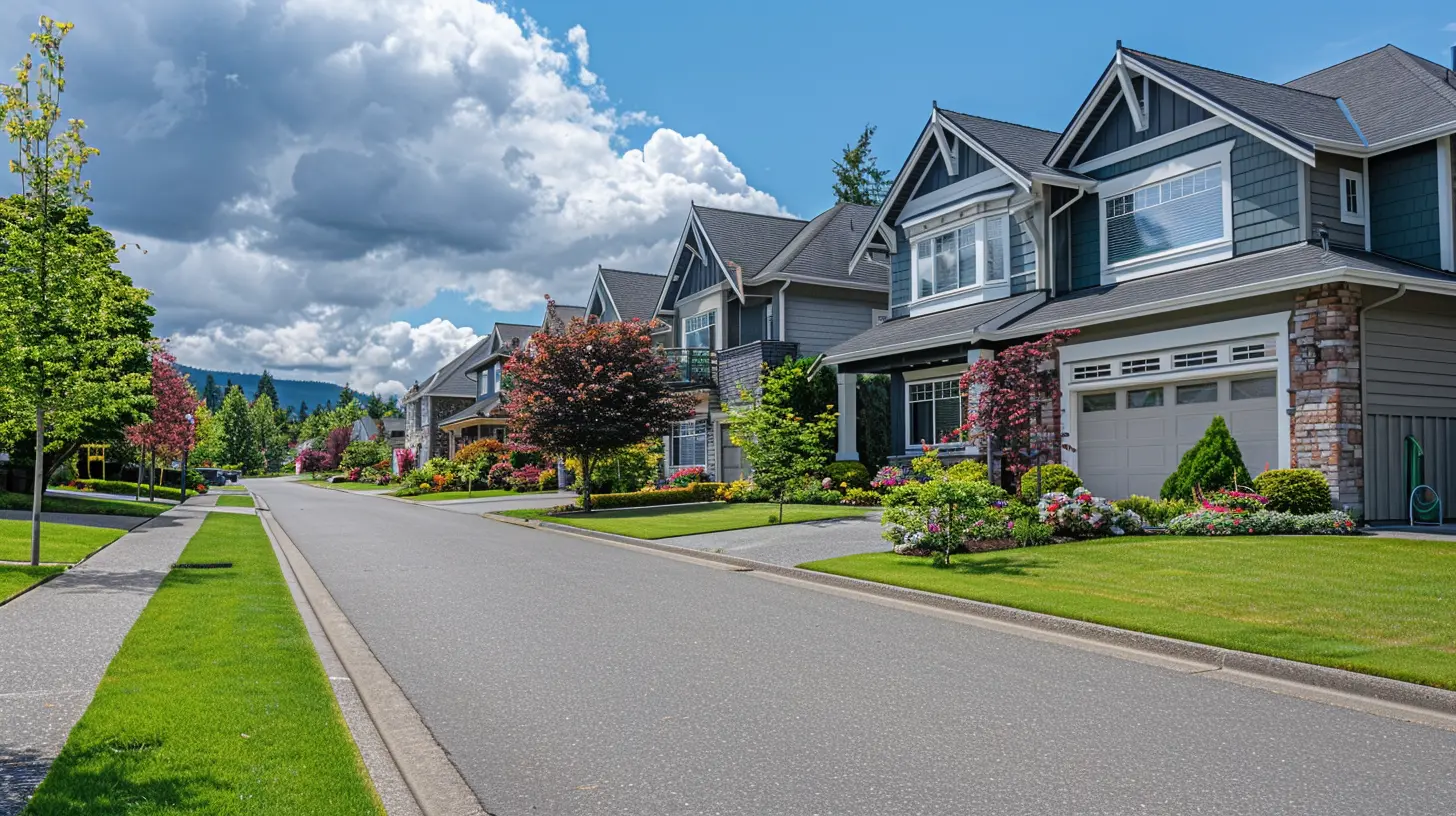
2. Supply and Demand in the Market
Real estate pricing follows a simple rule: when demand outpaces supply, prices go up. When there's more supply than demand, prices drop.Low Housing Inventory Means Higher Prices
In many cities, there simply aren’t enough homes available for sale, leading to bidding wars and sky-high property values. Limited housing inventory often results from zoning laws, slow construction, or increased population growth.Interest Rates and Affordability
The cost of borrowing affects how much buyers are willing to spend. When mortgage interest rates are low, more buyers enter the market, pushing prices higher. On the flip side, high interest rates cool demand since borrowing becomes more expensive.
3. Property Size and Usable Space
Size definitely matters when it comes to property value. However, it’s not just about square footage—it’s about how the space is used.The Layout and Functionality of a Home
Open floor plans are all the rage these days. Homes with functional layouts, spacious kitchens, and ample storage tend to be more desirable compared to properties with awkward designs.Outdoor Space and Landscaping
A well-maintained backyard or a beautifully landscaped front yard can significantly boost a home’s value. Green spaces not only improve curb appeal but also create a welcoming atmosphere for potential buyers.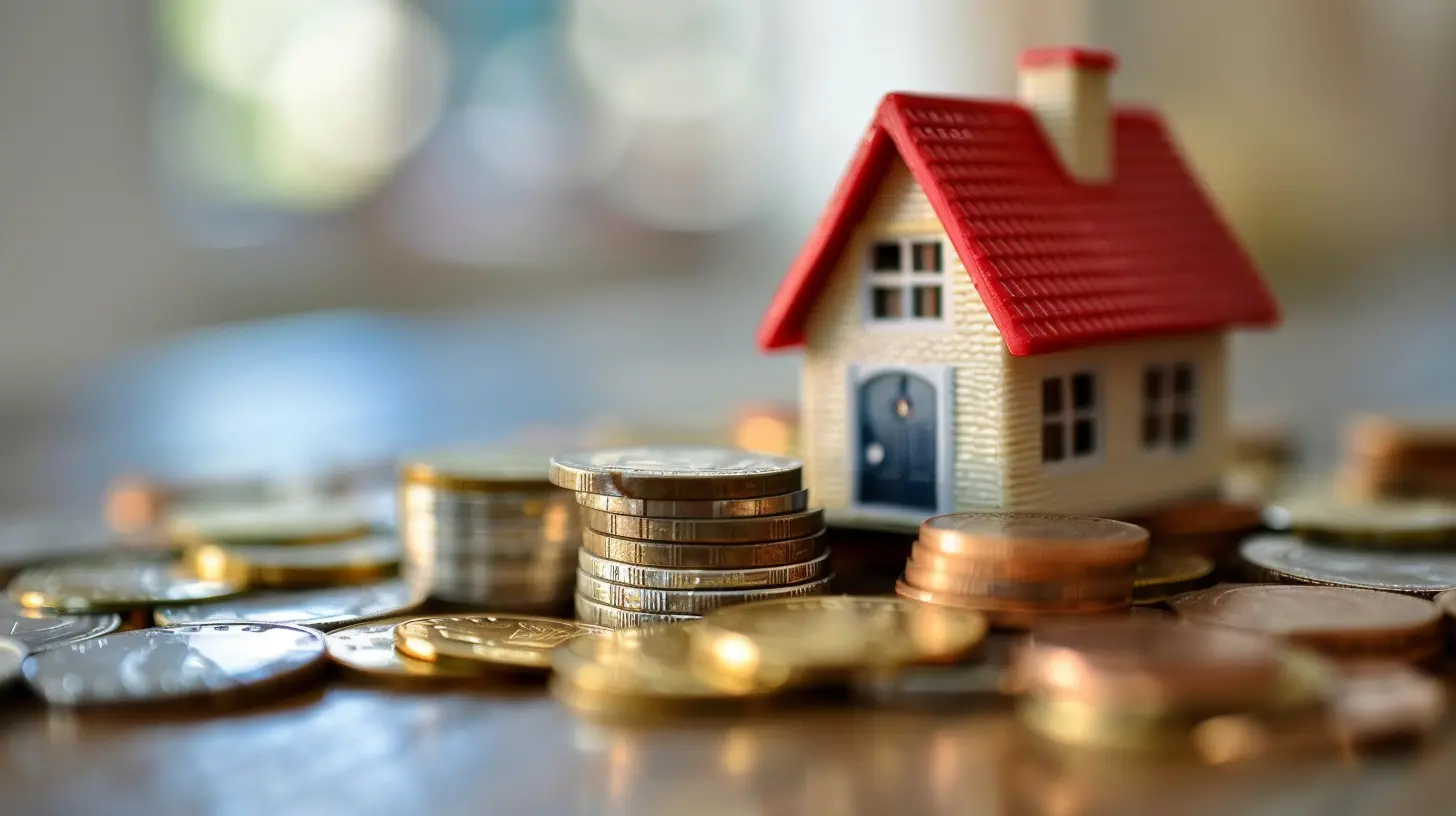
4. Recent Renovations and Upgrades
If you're wondering whether home improvements add value, the answer is yes—but not all upgrades are created equal.Kitchens and Bathrooms Matter Most
Updated kitchens and bathrooms often provide the highest return on investment. Modern appliances, stylish countertops, and energy-efficient fixtures make a home feel newer and more appealing.Smart Home Features
With technology playing a big role in everyday life, smart home upgrades like security systems, automated lighting, and energy-efficient thermostats can be major selling points.Eco-Friendly Upgrades
Sustainability is becoming a big deal in real estate. Homes with solar panels, energy-efficient windows, and eco-friendly insulation often sell for higher prices as buyers look for ways to save on utility costs.5. Market Trends and Economic Conditions
Even the perfect home in the best location won’t hold its value if the broader economy is struggling.Recession vs. Boom Periods
During economic downturns, property values can take a hit as people tighten their wallets. But when times are good, home prices tend to climb due to increased consumer confidence and spending power.Inflation and Construction Costs
Rising material and labor costs directly impact home prices. If building new homes becomes more expensive, existing properties become more valuable in comparison.Government Policies and Tax Incentives
Things like tax breaks, first-time homebuyer incentives, and property tax rates can influence home prices. Areas with favorable property tax rates can attract more buyers, making properties there more desirable.6. Neighborhood Development and Future Growth
Has your neighborhood been seeing new coffee shops pop up? Is there a new park in the works? These small changes can have a big impact on property value.Urban Development and Infrastructure Projects
New roads, public transportation, shopping centers, and entertainment hubs can make a neighborhood more attractive. When accessibility improves, so do home values.Gentrification and Community Revitalization
In some cities, older neighborhoods are being revitalized, attracting younger buyers and investors. As businesses and amenities come in, home values rise along with the neighborhood's overall appeal.7. The Condition of the Property
A home might be in the perfect location, but if it’s falling apart, its value will suffer. Regular maintenance and upkeep are crucial to keeping a property attractive.Age of the Home
Older homes often require more repairs, which can scare off buyers. However, if a historic home is well-maintained and updated, it can command a premium price.Structural Integrity and Major Repairs
Major structural issues—like foundation problems, a leaking roof, or outdated electrical systems—can drastically cut a property's value. Buyers don’t want to deal with hefty repair costs, so maintaining these aspects is essential.8. Curb Appeal and First Impressions
First impressions matter, and a home's exterior is the first thing buyers see.Exterior Maintenance
Peeling paint, a cracked driveway, or an overgrown lawn can turn buyers away before they even step inside. A little effort in maintaining the home's exterior can go a long way.Modern and Appealing Design
Trendy colors, updated lighting fixtures, and stylish doors can make the home feel inviting and increase its perceived value.Wrapping It Up
The real estate market is constantly evolving, and property values shift with it. While location remains a major factor, supply and demand, economic trends, home upgrades, and even small neighborhood changes all influence a home's worth.Whether you're looking to buy, sell, or invest, staying aware of these factors can help you make informed decisions. The key is to keep an eye on the market, maintain your property well, and be aware of changes happening in your area.
At the end of the day, a home is more than just a building—it's an investment in your future. And knowing what drives property value in today’s market? That’s just smart real estate strategy.
all images in this post were generated using AI tools
Category:
Real Estate MarketAuthor:

Kingston Estes
Discussion
rate this article
1 comments
Seraphis Bass
Understanding the key factors that influence property value today is essential for making informed investment decisions. Stay informed to capitalize on market trends and maximize your returns!
August 15, 2025 at 11:19 AM

Kingston Estes
Thank you for your insights! Staying informed about these key factors is crucial for successful investment.
